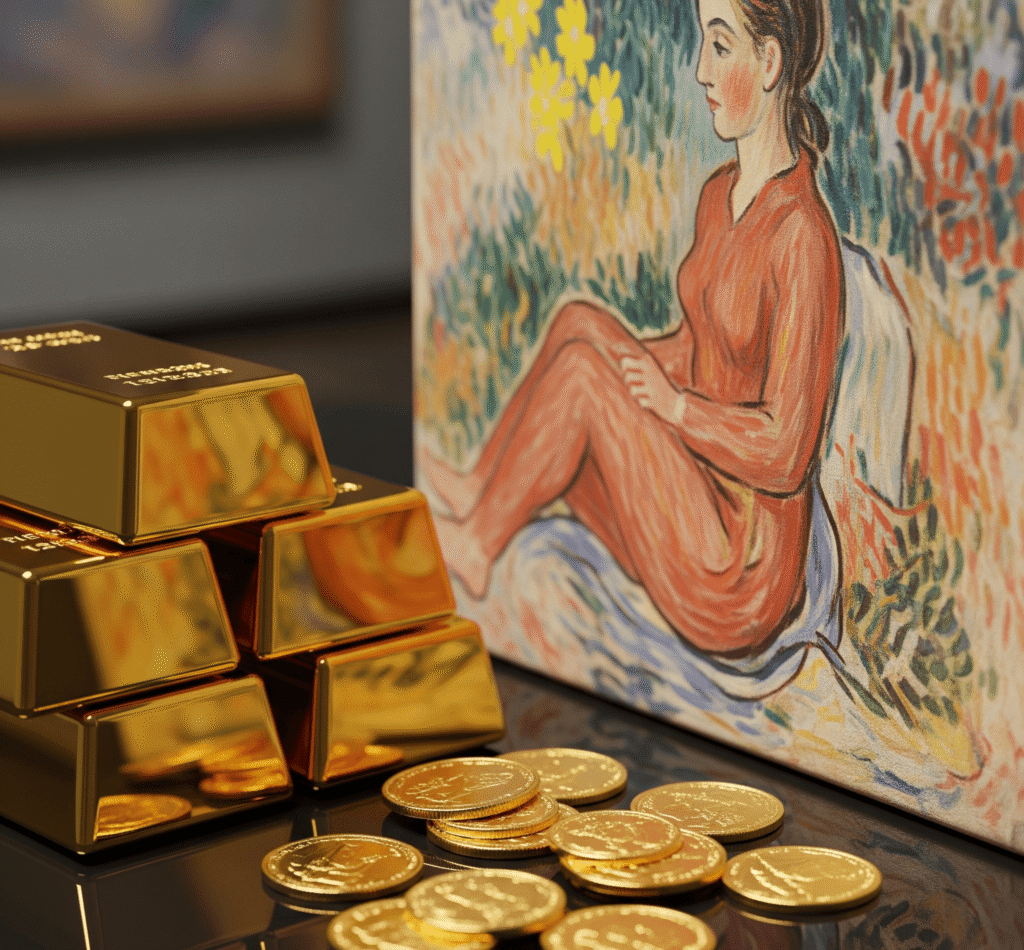Understanding Art Auctions and How They Work
Introduction
In the world of fine art, few events generate as much excitement, prestige, and intrigue as an art auction. Whether you’re a seasoned collector, a curious observer, or an emerging artist, understanding how art auctions work can provide valuable insight into one of the art market’s most dynamic and influential mechanisms.
Art auctions serve as a powerful intersection of culture, commerce, and competition, where masterpieces are bought and sold, records are broken, and the true value of art is often revealed — or redefined. In this detailed guide, we will unravel the complexities of art auctions, explore their structure, explain key terms and bidding strategies, and offer practical tips for both buyers and sellers.

What Is an Art Auction?
An art auction is a public or private event where artworks are sold to the highest bidder. Unlike retail galleries or direct artist sales, auctions create a competitive environment that can drive prices up significantly, sometimes well beyond estimates. Art auctions are conducted by auction houses — institutions that specialize in facilitating the sale of high-value assets like paintings, sculptures, and antiques.
The most famous auction houses include:
- Christie’s (founded in 1766)
- Sotheby’s (founded in 1744)
- Phillips, and
- Regional houses like Bonhams, Heritage Auctions, and newer digital platforms.
These institutions set the stage for iconic moments in art history, including the multimillion-dollar sales of works by Picasso, Van Gogh, Basquiat, and Banksy.

Types of Art Auctions
Art auctions can be categorized in several ways, depending on their format and the kind of artworks being sold.
1. Live Auctions
These are traditional in-person events where bidders raise paddles, and an auctioneer calls the bids. They may also include phone and online bidders.
2. Online Auctions
Conducted entirely through digital platforms. Platforms like Artnet Auctions or Christie’s Online allow remote participants to place bids in real-time or over several days.
3. Silent Auctions
Typically used in charity events. Bidders write down their offers anonymously, and the highest bid wins after a fixed time.
4. Private Sales and Sealed Bids
In these more discreet formats, auction houses broker deals privately or accept sealed offers without public bidding.
Each format has its own pace, rules, and buyer/seller dynamics, but all share the core mechanism of competitive bidding.
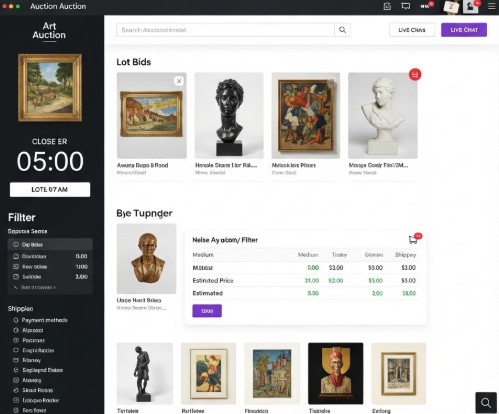
How Art Auctions Work: Step-by-Step
Let’s break down the process of an art auction into digestible steps:
1. Consignment
The artwork is submitted to the auction house by the owner (the consignor). A team of specialists evaluates the piece for authenticity, provenance, and value. They determine whether it should be included in an upcoming sale.
2. Cataloging
Once accepted, the artwork is professionally photographed and included in the auction catalog with details about the artist, title, dimensions, condition, and provenance. This catalog is made available to prospective buyers.
3. Estimation
Specialists assign a pre-sale estimate, typically a range (e.g., $100,000–$150,000). The reserve price — the minimum acceptable selling price — is set privately between the seller and the auction house.
4. Marketing and Viewing
Auction houses promote the event through press releases, collector invitations, and public viewings. This helps generate interest and increase bidding activity.
5. The Auction Event
On auction day, the auctioneer presents each artwork and accepts live bids. Bidding starts below the low estimate and increases in fixed increments. Once bidding stops, the auctioneer announces the winning bidder with the famous gavel strike and “Sold!”
6. Payment and Commission
The winning bidder must pay the hammer price (final bid) plus the buyer’s premium — a percentage added by the auction house (typically 10% to 25%). The seller receives the final sale amount minus the seller’s commission.
7. Transfer and Delivery
The artwork is delivered to the buyer after payment is completed. If the reserve price was not met, the artwork is not sold — a situation known as “bought-in.”
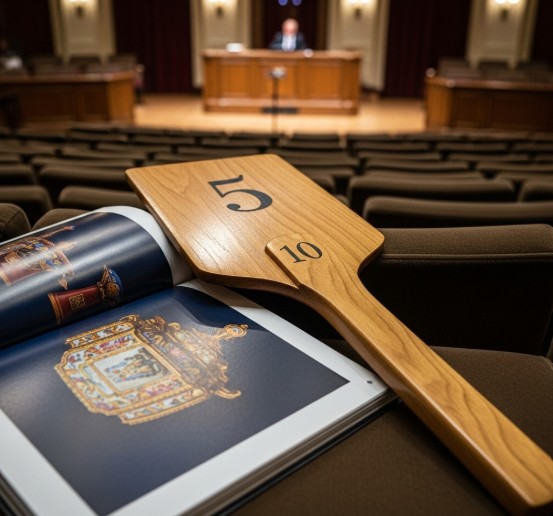
Key Terms You Should Know
Understanding the vocabulary of art auctions can empower you to participate more confidently.
- Hammer Price: Final bid amount before any fees.
- Reserve Price: Confidential minimum sale price set by the seller.
- Buyer’s Premium: Extra fee paid on top of the hammer price.
- Lot: An individual item or group of items being sold.
- Provenance: The history of ownership and authenticity of a work.
- Condition Report: Document assessing the artwork’s physical state.
- Pre-sale Estimate: Price range estimated by experts.
- Paddle Number: Unique bidder identifier used in live auctions.
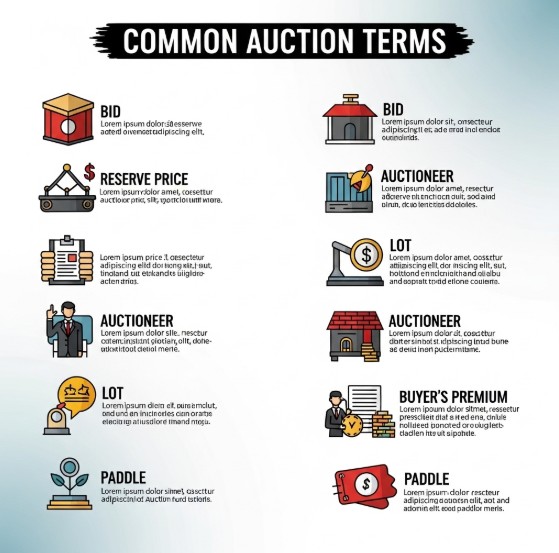
Who Participates in Art Auctions?
Art auctions attract a diverse set of participants:
- Collectors: Private buyers expanding their collections.
- Art Dealers: Buying for resale or investment.
- Investors: Viewing art as an appreciating asset.
- Museums and Institutions: Acquiring works of cultural or historical significance.
- Celebrities and Public Figures: Often participate in high-profile events.
More recently, NFT collectors and digital art investors have entered the auction space through platforms like Christie’s and Sotheby’s Metaverse.
How to Buy Art at Auction
If you’re new to art auctions and interested in buying, here’s a beginner-friendly guide:
1. Register in Advance
You must register with the auction house to obtain a paddle or access online bidding. This may involve financial pre-approval.
2. Study the Catalog
Review the artworks, estimates, and condition reports. Attend pre-sale exhibitions if possible.
3. Set a Budget
Determine your maximum bid including premiums and taxes. Stick to it — bidding wars can escalate fast.
4. Understand the Fees
Know all costs involved, including shipping, taxes, and buyer’s premiums.
5. Place Your Bid
You can bid in person, online, by phone, or via absentee bid.
6. Confirm Your Purchase
If you win, you’ll be notified and expected to pay within the given window. Arrange delivery or storage with the auction house.

How to Sell Art at Auction
Selling your art or a valuable piece via auction can yield high returns — but it requires planning.
1. Choose the Right Auction House
Consider reputation, expertise, commission structure, and audience reach.
2. Get an Appraisal
You’ll need an expert valuation. Be honest about the condition and provenance.
3. Sign a Consignment Agreement
This includes terms, reserve price, commissions, and insurance.
4. Allow for Photography and Promotion
Quality presentation increases buyer interest.
5. Wait for the Sale
Once sold, you’ll be paid after fees are deducted. If unsold, the work may be returned or re-consigned.
Tip: Selling at peak seasonal sales (like spring or fall auctions) may fetch higher prices.
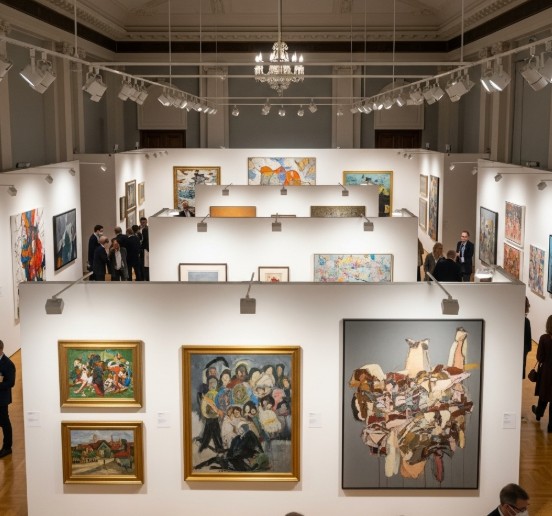
Why Do Art Prices Vary So Much at Auctions?
Several factors influence auction prices:
- Artist Reputation: Works by blue-chip artists often exceed estimates.
- Provenance and Rarity: A well-documented, rare piece can spark bidding wars.
- Market Trends: Economic and cultural shifts affect demand.
- Competitive Bidding: Two passionate bidders can push prices far above expectations.
- Timing and Hype: Auction previews and media coverage can build buzz.
This unpredictability is part of the allure of art auctions — and why they’re often covered in international headlines.
Digital Evolution: Online Art Auctions and NFTs
In recent years, the art world has undergone a digital transformation. Online-only auctions have become increasingly common, breaking down geographical barriers. Platforms like Artsper, Paddle8, and LiveAuctioneers bring art auctions to a global audience.
Perhaps the most disruptive trend is the rise of NFTs (Non-Fungible Tokens). In 2021, Beeple’s digital artwork sold at Christie’s for over $69 million, launching NFTs into the mainstream. These digital-native art auctions come with new platforms, new terminology, and new legal considerations.
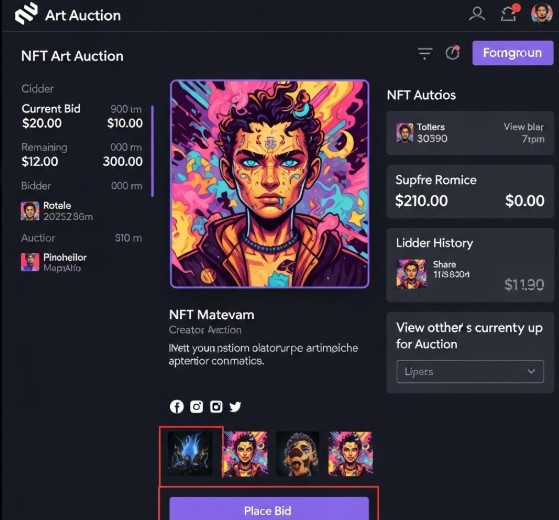
The Role of Art Auctions in the Global Art Market
Art auctions are not just transactional events; they shape and reflect the global art ecosystem. They:
- Set benchmarks for artist value.
- Discover new artists.
- Establish market trends.
- Provide transparency (auction results are public).
- Serve as cultural events and status symbols.
For artists, being sold at a prestigious auction house can be a career-defining moment. For collectors and institutions, auctions offer access to rare and significant pieces.
Art Auctions and ISKUSS
At ISKUSS, we recognize the importance of global art market dynamics, including auctions, in shaping the cultural narrative. While we specialize in premium artwork with fixed pricing, we actively engage with collectors and art lovers interested in curated works that reflect both value and heritage. Explore our exclusive collection for artworks that are worthy of any discerning eye — no bidding necessary.
Conclusion
Art auctions are a fascinating blend of strategy, scholarship, and spectacle. Whether you aim to acquire a prized piece, sell a family heirloom, or simply understand the behind-the-scenes mechanisms of the art world, knowing how art auctions work empowers you to engage with confidence.
From live hammer strikes in opulent rooms to real-time bids from mobile screens, the art auction landscape is evolving — but its purpose remains timeless: to celebrate and exchange the value of human creativity.
If you’re new to art auctions and interested in buying, here’s a beginner-friendly guide. First, register with the auction house to obtain a paddle or access online bidding. Then, carefully review the catalog, set a realistic budget, and understand all associated fees. For a more detailed overview, you can learn more about how to buy art at auction from Christie’s official guide, which explains the process step-by-step from the buyer’s perspective.

